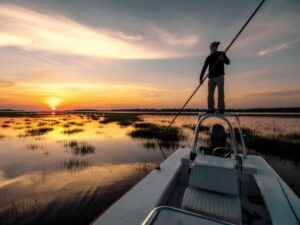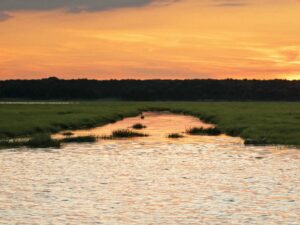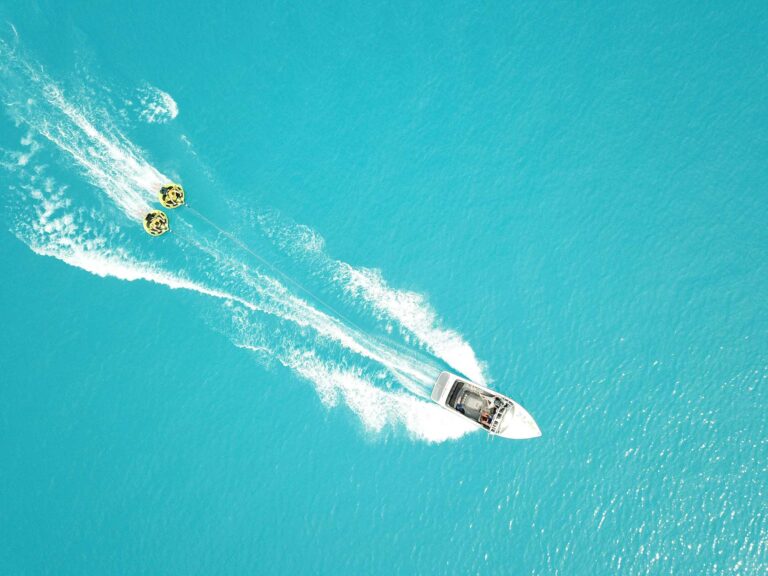When you mention Chesapeake Bay, most people probably think of blue crabs, not striped bass. But believe it or not, these waters are a prime breeding ground for stripers and hold one of the finest bass fisheries in the world. This massive saltwater ecosystem offers almost year-round fishing opportunities, but the fall months mark the prime time to catch big numbers of nice-sized stripers. Throughout the year, fly-fishermen cast over shallow flats and structure and along tidal rips, but in autumn they sight-cast to schools of surface-feeding stripers and bluefish as they blitz bait.
During the fall both stripers and blues generally feed on bait along the top of the water, so there are a lot of sight-fishing opportunities. But if the fish don’t show on the surface, there’s still plenty of shallow structure that holds good numbers of fish. One added advantage of fishing stripers high in the water column is that trout often hang underneath the school to pick up any scraps left behind. Once the weather turns really cold, both species stack up at the mouths of the warm-water outflows from local power plants.
While most of the stripers in this area run from schoolies to less than 20 pounds, lunkers are a possibility, and the best local guides know where and when to find them. Because the average size of the fish is small, 7- to 9-weight rods with intermediate and fast-sinking lines are ideal in the fall. Since the bass
and other species eat mostly baitfish, the top fly patterns include minnow imitations like Clousers and Lefty’s Deceivers.









